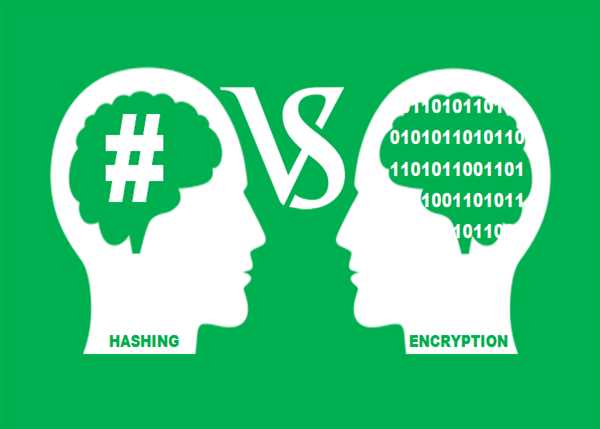Encryption and hashing are two methods used to protect data from unauthorized access. While both techniques protect data, they are used in different ways and serve different purposes. In this article, we will discuss the differences between encryption and hashing.

Encryption:
Encryption is converting plain text into a coded message unreadable by unauthorized parties. The purpose of encryption is to protect sensitive data by making it difficult for anyone without the correct key or password to read the information.
Encryption involves using an algorithm to scramble the data into a ciphertext that can only be decrypted with the correct key. The key to encrypt the data can be a password, a passphrase, or a randomly generated key. When a user enters a password to decrypt the data, the key is applied to the ciphertext to decrypt it back into its original form.
Encryption is used to secure data stored on a computer or transmitted over a network. Examples include passwords, credit card numbers, and other sensitive information.
There are two types of encryption: symmetric encryption and asymmetric encryption.
Symmetric encryption involves using the same key to encrypt and decrypt the data. This key is usually a shared secret between the sender and the recipient. The most commonly used symmetric encryption algorithms are Advanced Encryption Standard (AES) and Data Encryption Standard (DES).
Asymmetric encryption, also known as public-key encryption, involves using two keys for encryption and decryption. The keys are mathematically related, but it is computationally impossible to derive one key from the other. The sender uses the recipient's public key to encrypt the message, and the recipient uses their private key to decrypt it. The most commonly used asymmetric encryption algorithm is RSA.
Hashing:
Hashing is converting plain text or data of any size into a fixed-size string of characters, known as a hash value or message digest. The hash function takes an input message, such as a password or file, and generates a unique output string of characters representing the original message.
Hashing is commonly used to store passwords in a database. When a user enters their password, the hash value of the password is compared to the hash value stored in the database. If the hash values match, the user is granted access.
The main difference between encryption and hashing is that encryption is two-way, while hashing is one-way. Encryption can be reversed with the correct key or password, whereas hashing cannot.
Another critical difference is that encryption is used to protect data while it is in transit or at rest, whereas hashing is used to verify data integrity.
Encryption and hashing are essential techniques to protect data from unauthorized access. Encryption is used to protect data while it is in transit or at rest while hashing is used to verify the integrity of data. Encryption is a two-way function that can be reversed with the correct key or password, while hashing is a one-way function that cannot be reversed.